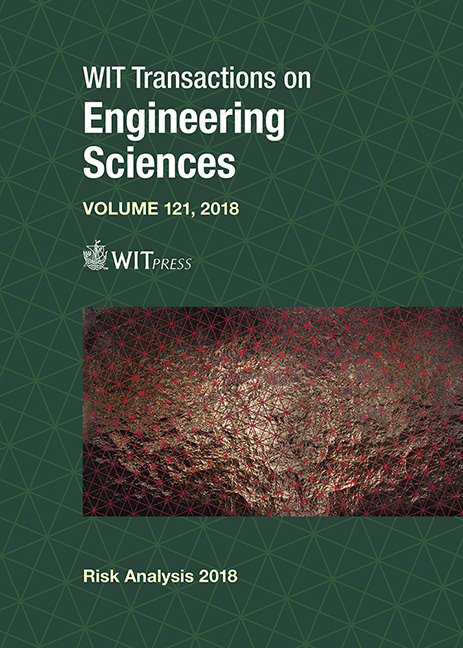PERFORMANCE OF WOOD-FRAMED RESIDENTIAL STRUCTURES UNDER EXTREME WIND LOADS
Price
Free (open access)
Transaction
Volume
121
Pages
12
Page Range
183 - 194
Published
2018
Paper DOI
10.2495/RISK180161
Copyright
WIT Press
Author(s)
SARAH A. STEVENSON, GREGORY A. KOPP, AYMAN M. EL ANSARY
Abstract
Failures of wood-framed residential structures are among the most common and expensive types of wind damage in densely populated regions. Numerous recent studies have focused on mitigating residential damage during tornadoes and hurricanes. Past work has identified weak links in the vertical load path of wood-framed homes under uplift, focusing primarily on the roofs since their failure is common. In recent work, structural details such as connections and fasteners have been determined to have a large impact on the resilience of wood-framed homes. In this paper, common residential failure modes are reviewed, ongoing work to prevent expensive residential damage is presented, and failure wind speed estimates currently used in tornado assessment are revisited. The results of preliminary structural analyses verify the common understanding that toe-nailed roof-to-wall connections are likely to be among the most vulnerable elements in the structure of a wood-framed house. However, it is also found that certain framing members and connections display significant vulnerability under the same wind uplift, and the possibility of framing failure is not to be discounted. The analysis results and damage survey observations are used to expand the understanding of wood-framed residential roof failures, as they relate to the Enhanced Fujita scale, and address potential gaps in current residential construction practice.
Keywords
residential structures, wind hazards, tornadoes, building codes, fragility, roof failures, loss prevention, Enhanced Fujita scale





